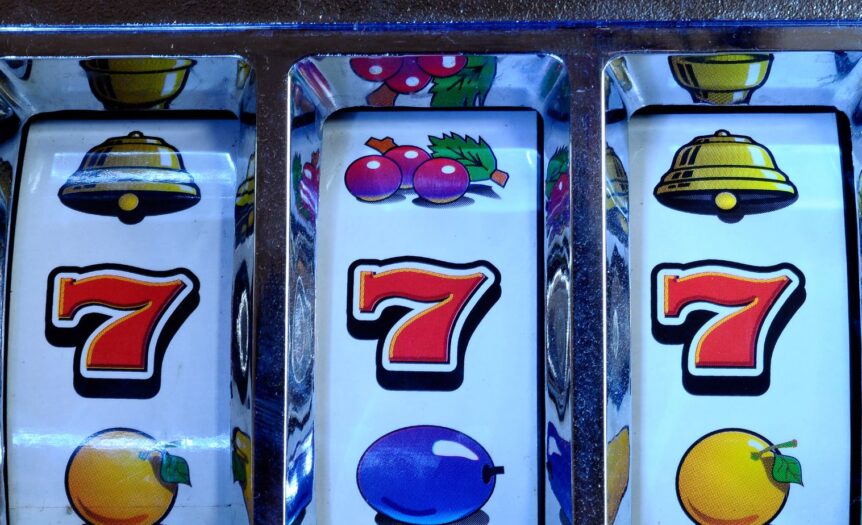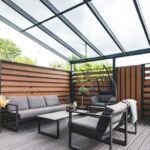Most people think the casino experience starts when the doors open and the lights hit your eyes. But the game begins much earlier — outside the building. Every path, bench, hedge, and fountain is part of a calculated design to influence where guests walk, how long they stay, and how much they spend. Casino gardens at TonyBet aren’t decoration. They’re geography with purpose.
Why Outdoor Layouts Matter Before Anyone Steps Inside
Casinos want visitors to enter relaxed, curious, and slightly disoriented — not stressed or focused on leaving. Outdoor spaces set the emotional stage. Calm water, gentle curves, soft lighting, and lush plants lower stress. The more relaxed a person feels, the longer they stay. The longer they stay, the more they spend. So before a single slot machine flashes, the outdoor design has already nudged the player’s mood.
Paths That Lead You Forward, Not Away
A straight path to the exit gives a visitor an obvious escape route. A curved path keeps a visitor wandering. Casino gardens use curves, forks, and soft detours to influence foot traffic. When two paths appear equal, most people choose the one with better lighting or clearer visibility — both of which usually lead toward the entrance, not the parking lot. The guest returns without realizing the design helped them make that choice.
Benches That Are Breaks — Not Destinations
Benches in casino gardens are rarely placed near the parking lot. They appear near entrances, near dining terraces, and near scenic zones that feel worth sitting in. If you sit down and take a break, the closest “next move” is often a restaurant, a lounge, or the casino floor. You rest facing entertainment. You get up ready to return. A bench becomes a nudge, not a stopping point.
Fountains as Anchors for Foot Traffic
A fountain does more than look pretty. It becomes a landmark that guides movement. People walk toward motion and sound. Casinos use fountains as magnetic centerpieces that help visitors orient themselves — but that orientation always points toward the property, not the exit. If someone feels lost, they walk back to the fountain. From there, they see all the entrances again.
The Maze Effect Without the Stress of a Maze
Casino gardens are engineered like gentle mazes. You always feel like you know where you’re going, even if you’ve taken the longest possible route. Sharp turns are avoided. The map unfolds with gradual curves that reveal attractions one at a time. The result is curiosity without panic. Discovery without confusion. You move deeper rather than away.
Why Parking Lots Are Out of Sight
Casinos never hide parking by accident. They hide it so you can’t stare at your car and decide to leave. Trees, walls, elevation changes, and landscaping block direct sight lines between the garden and the parking area. When you can’t see your car, your brain stops thinking about going home. You focus on what’s in front of you instead — which is always entertainment.
The “Return Loop” Principle
Outdoor paths near a casino almost always form loops. Not dead ends. Not straight lines. Loops encourage movement that brings you back to central entrances. If you wander after dinner or walk outside for fresh air, that loop will eventually return you to the venue rather than the exit. It feels natural, but it’s engineered: a loop is a net that guides returning customers.
Lighting Patterns Are Subtle Traffic Signs
Light controls direction without saying a word. Soft, warm lights pull people in. Cold, dim lights push people away. Entrances glow. Parking edges fade into darkness. When a guest follows the light, they’re following the design. Even late at night, when the brain is tired, lighting makes decisions effortless — and predictable.
Sound Design Is a Compass
You wouldn’t expect sound to guide foot traffic, but it does. Outdoor areas sometimes pipe soft music or water effects only toward entrances. The brain naturally moves toward pleasant sounds. Silence covers exit zones so they don’t stand out. Visitors often say a casino “feels alive” — that’s directional audio doing its job.
Why People Rarely Notice the Design
The best influence is invisible. Casino gardens avoid sharp manipulation. They don’t force you. They guide you. Slow curves, pleasant scents, shaded areas, and soft noise let decisions feel personal. “Let’s sit here a minute.” “Let’s walk this way.” These suggestions happen in your mind — not because of conscious thought, but because of subtle geography.
Outdoor Spaces Increase Spending Without Pressure
Outdoor design affects the casino’s bottom line without any sales pitch. The systems work together:
- Gardens lower stress → guests stay longer
- Loops guide movement → guests reenter
- Benches and fountains create pause points → guests relax before spending
- Lighting and sound direct traffic → guests drift toward entertainment

The goal is not urgency. The goal is comfort strong enough to keep someone nearby.
Restaurants and Lounges Are Never “Just There”
Outdoor dining spaces often sit between parking zones and casino doors. That placement catches anyone leaving early. A player heading to the car passes food first — and might stop for a drink or dessert. If they sit, they relax. If they relax, the chance of reentering rises again. The garden becomes a buffer that protects the night from ending too soon.
The Psychology of Open Air
Casinos are intense indoors — lights, sound, tight spacing. Gardens release the pressure. Stepping outside resets the brain without fully exiting the experience. It gives people energy to start again. Outdoor spaces act like a soft reset button. They don’t compete with the casino. They support it.
The Strategy Is Simple, But Genius
Casino gardens don’t earn money directly. They earn time. The more time someone spends near a casino, the more likely they are to spend inside it. No ads. No persuasion. Only design. The secret geography of outdoor spaces shapes the night without saying a word.



